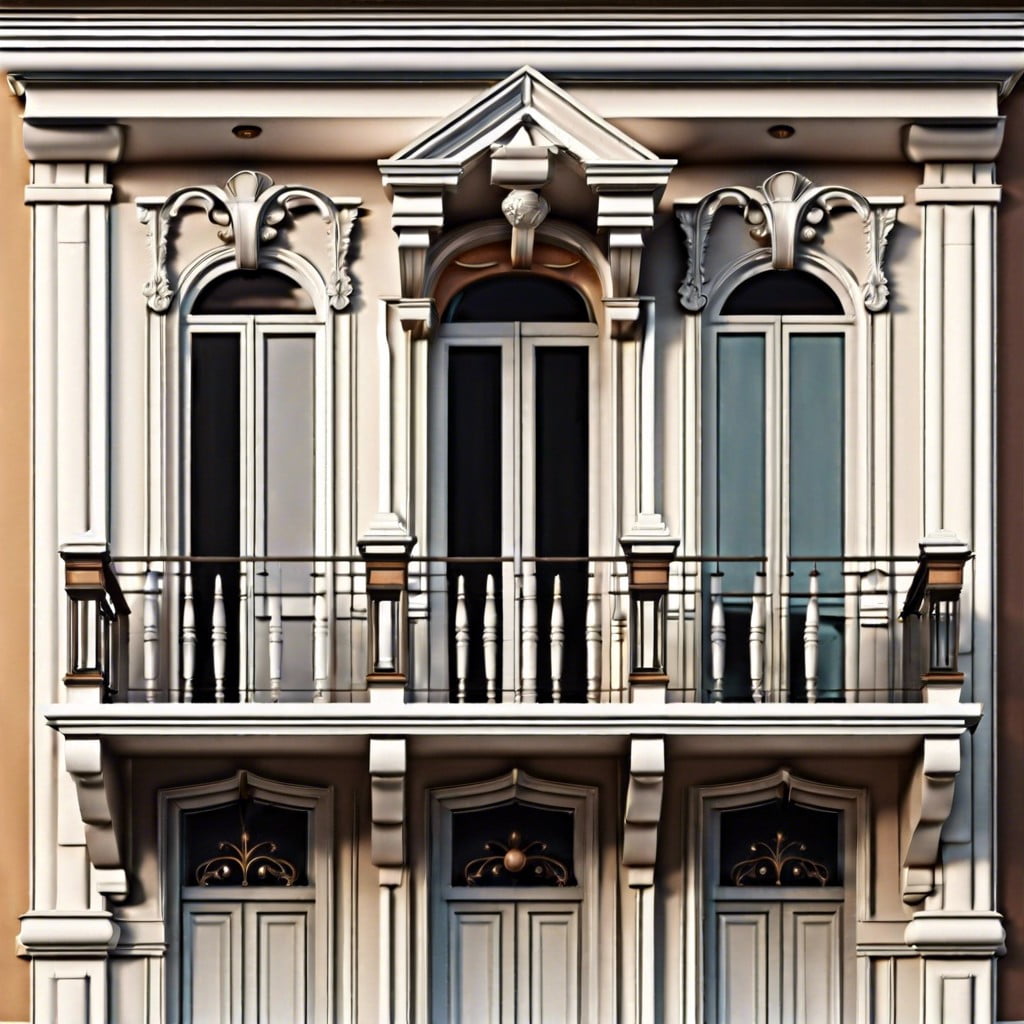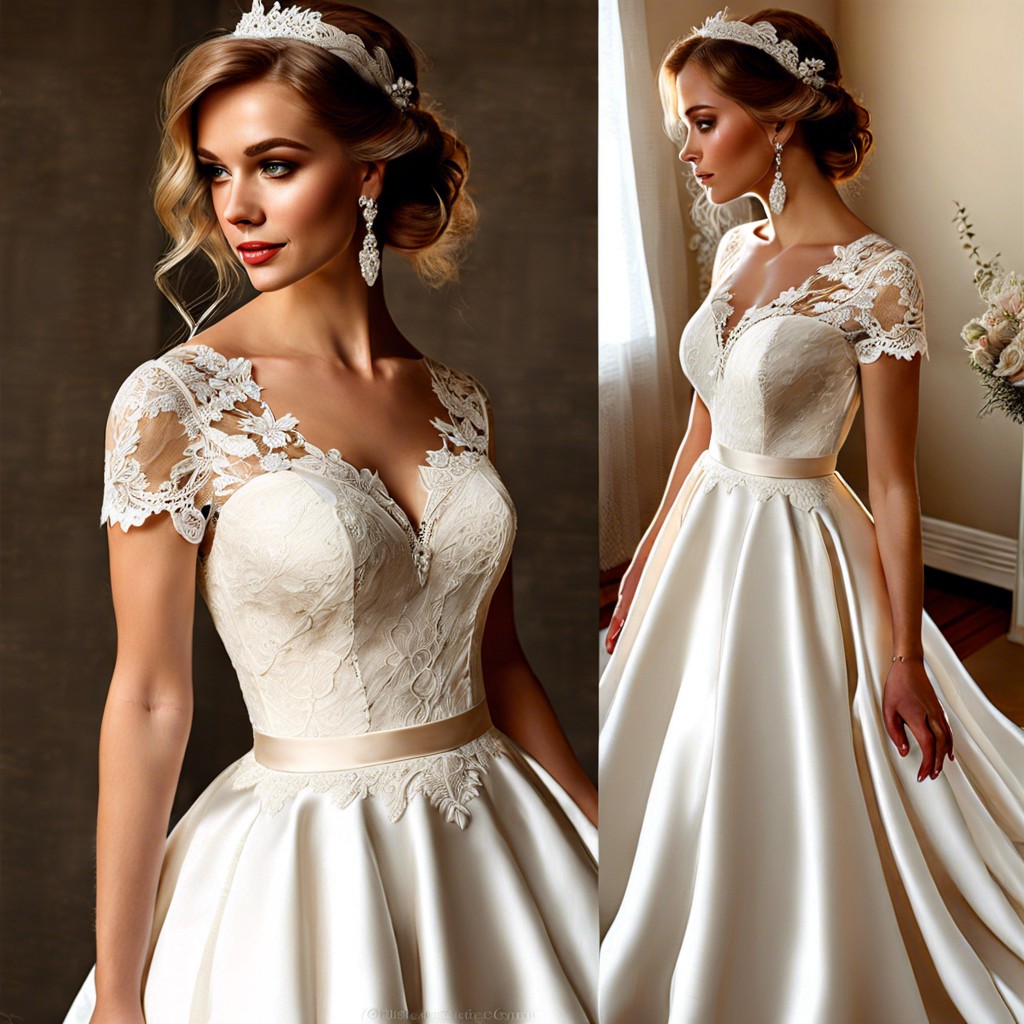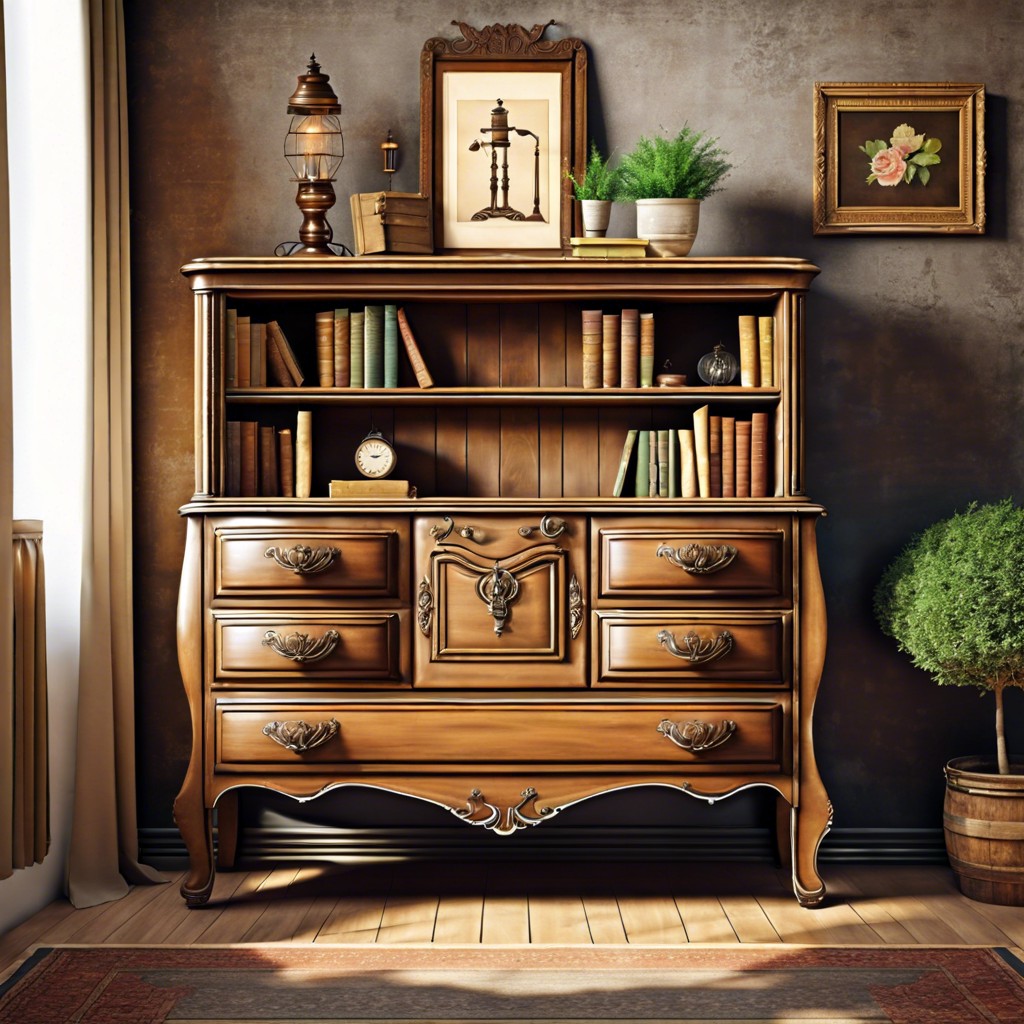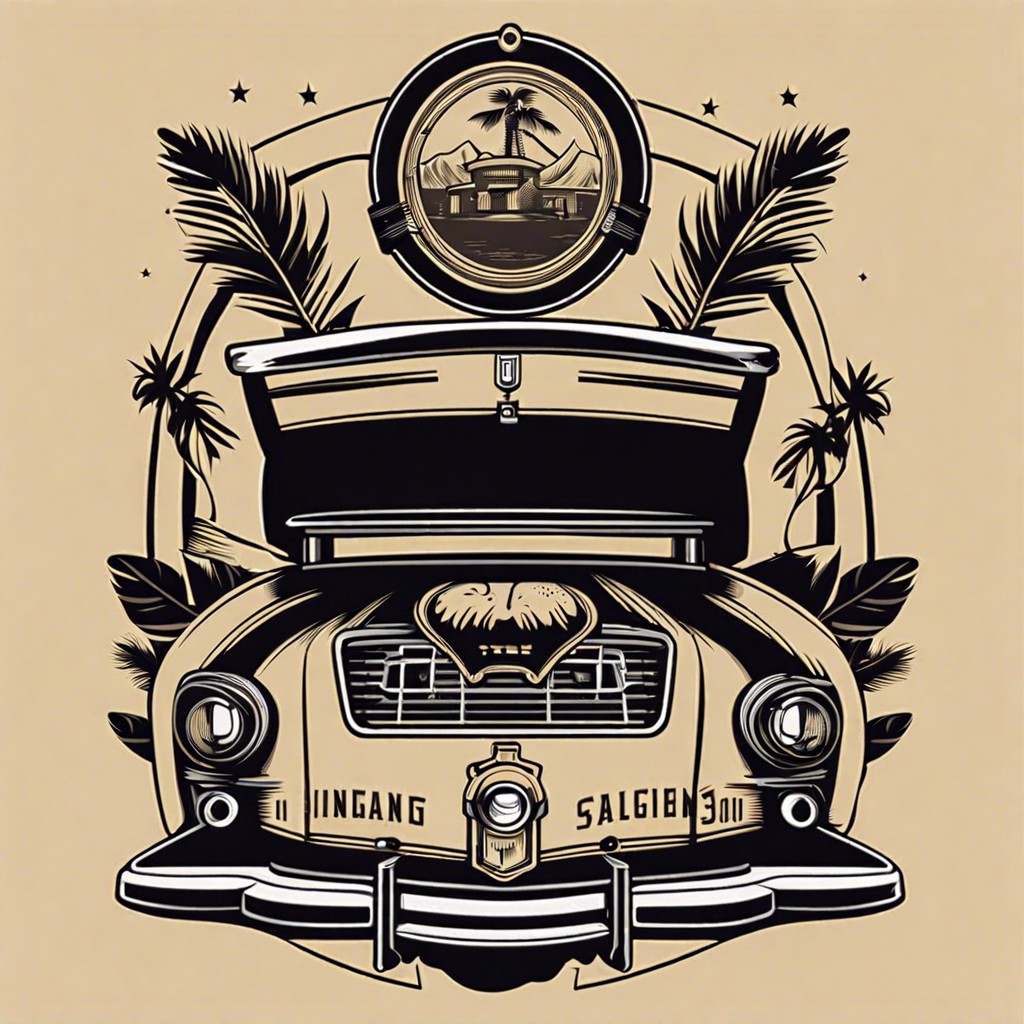Last updated on
Discover how incorporating vintage elements can transform your home’s interior design.
Key takeaways:
- Vintage house design blends old-world aesthetics with contemporary lives.
- Key historical styles include Victorian, Art Deco, and Mid-Century Modern.
- Techniques for restoring old furniture include cleaning, repairing, and refinishing.
- Integrate modern comforts while maintaining vintage aesthetics for a balanced look.
- Choose vintage wallpaper and fabrics that encapsulate the era and balance with contemporary elements.
Defining Vintage House Design

Vintage house design evokes a sense of nostalgia and charm, transporting us to bygone eras. It harnesses elements from various decades, primarily between the 1920s and 1970s. This approach to interior design emphasizes preservation, highlighting the beauty and craftsmanship of old architectures and finishes.
In practice, vintage design often involves maintaining original features like wood flooring, ornate moldings, and classic light fixtures. The key is to blend old-world aesthetics with contemporary lives, creating homes that feel both timeless and livable. Additionally, the use of antique furniture and period accessories helps reinforce the vintage look while adding character to the space.
This style is particularly appealing for its storytelling ability. Each piece holds a history, lending a unique layer of depth and intrigue to the home’s overall narrative.
Key Historical Styles Influencing Vintage Design

Victorian, Art Deco, and Mid-Century Modern are prime examples of styles that significantly shape vintage interiors today. The Victorian era, known for its ornate details and strong, dark hues, brings a touch of elegance and formality. Art Deco, on the other hand, offers streamlined symmetry with its bold geometric patterns and lavish ornamentation. This style reflects a blend of sophistication and modernity, ideal for creating striking focal points in a space.
Moving towards the 1950s, Mid-Century Modern introduces a cleaner, simpler aesthetic that focuses on functionality and minimal fuss. The use of organic shapes and a mix of traditional and non-traditional materials, such as plastic and plywood, are hallmarks of this style. It offers a versatile foundation, allowing for dashes of color and vintage flair without overwhelming the senses.
Incorporating elements from these styles can create a cohesive yet dynamic interior that pays homage to the riches of the past while maintaining a fresh outlook. Each style lends itself beautifully to the task of infusing character into homes, ensuring that vintage design remains both appealing and relevant.
Techniques for Restoring Old Furniture
Restoring old furniture breathes new life into vintage pieces, preserving their charm while enhancing their function. Start by assessing the item’s condition. Look for any loose joints, cracks, or missing parts that may need attention.
For wood furniture, gently clean the surface with mild soap and water, avoiding harsh chemicals that can damage old finishes. After cleaning, light sanding may be necessary to smooth out rough areas but do so sparingly to maintain the original patina.
When tackling upholstery, choose fabrics that complement the furniture’s era but consider modern durability. Replacing old padding and springs can also improve comfort and functionality.
Finally, apply a suitable finish. For example, use wax or polish on wood to highlight its natural beauty and provide protection. Each step should focus on preservation, ensuring the furniture’s legacy is maintained for future generations.
Integrating Modern Comforts Without Compromising Vintage Aesthetics
Blending the old with the new requires precision to keep the charm intact while ensuring functionality. Here are some ways to achieve this balance:
Start with lighting; antique-style LED bulbs provide the warm glow of yesteryear while being energy efficient. For seating, consider reupholstering classic sofas with modern durable fabrics that offer comfort and a fresh look.
In the kitchen, vintage cabinets can be refurbished with contemporary hardware to improve utility without losing aesthetic appeal. Smart thermostats compatible with retro décors offer an unobtrusive way to regulate temperature.
Finally, integrating wireless technology discreetly can maintain the visual integrity of the space. Hidden speakers or disguised charging stations keep the vintage vibe alive while catering to modern needs.
Tips for Using Vintage Wallpaper and Fabrics
Reviving the charm of bygone eras through wallpaper and fabrics can transform a space dramatically. Opt for patterns that encapsulate the era you wish to represent; florals and geometrics are often safe bets for a vintage feel.
Choose high-quality reproductions or authentic vintage materials to ensure the design remains authentic. However, verify the condition of true vintage pieces to avoid materials that may tear easily or have faded colors.
In rooms with prominent usage, like kitchens or bathrooms, consider using modern materials designed to mimic vintage styles for greater durability. Match these with antique furniture to maintain the old-world charm without sacrificing practicality.
Finally, balance is key. Combine bold vintage patterns with more subdued elements or contemporary colors to avoid overwhelming the senses. This approach keeps the vibe fresh yet nostalgic.




